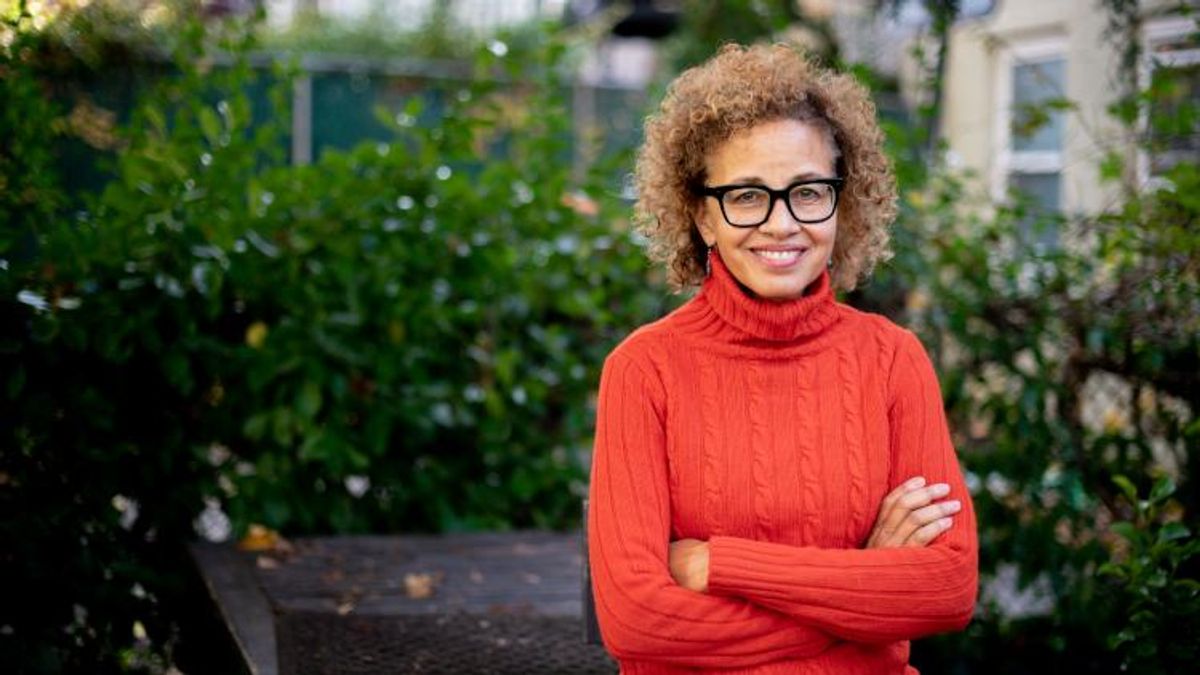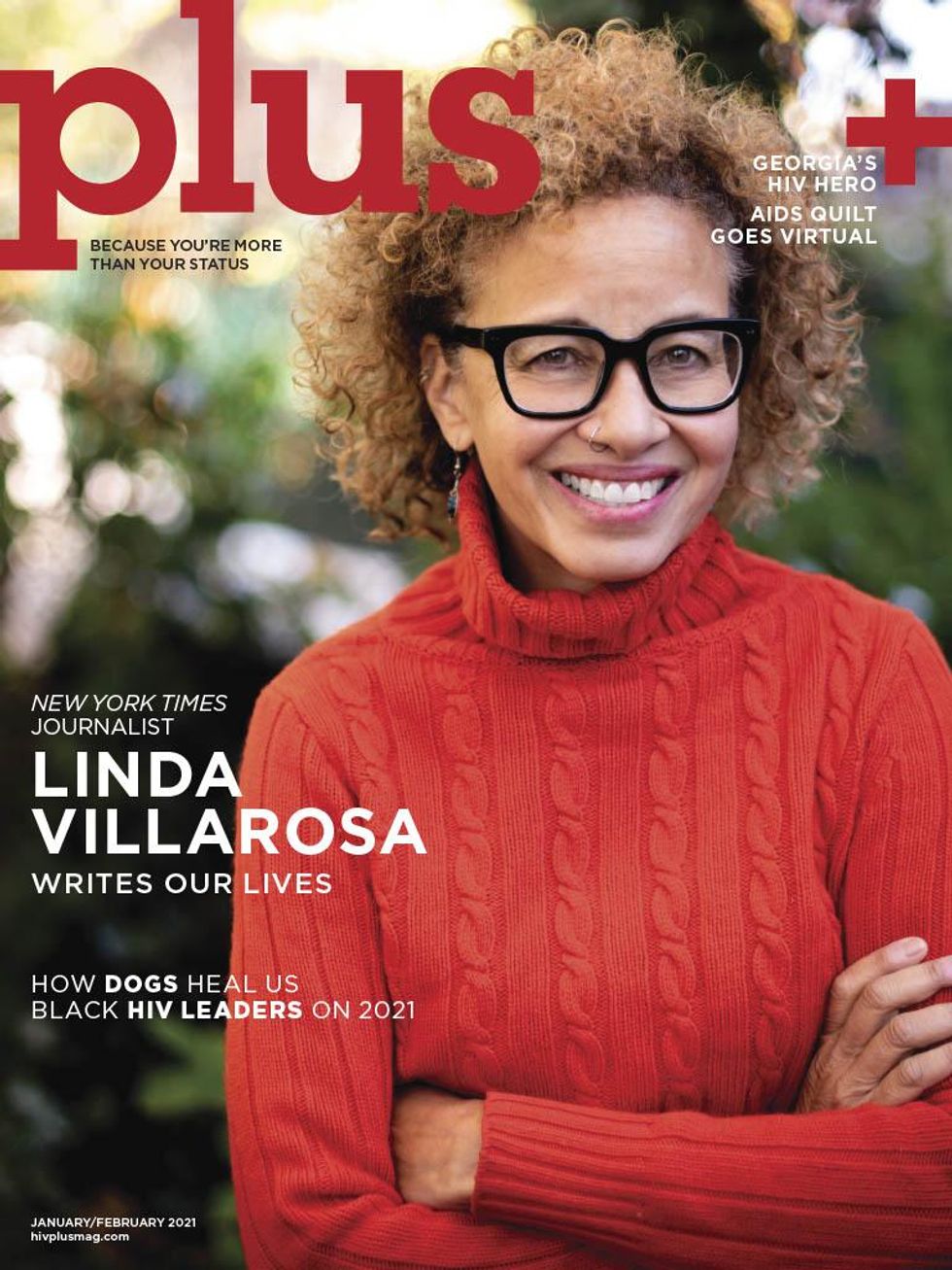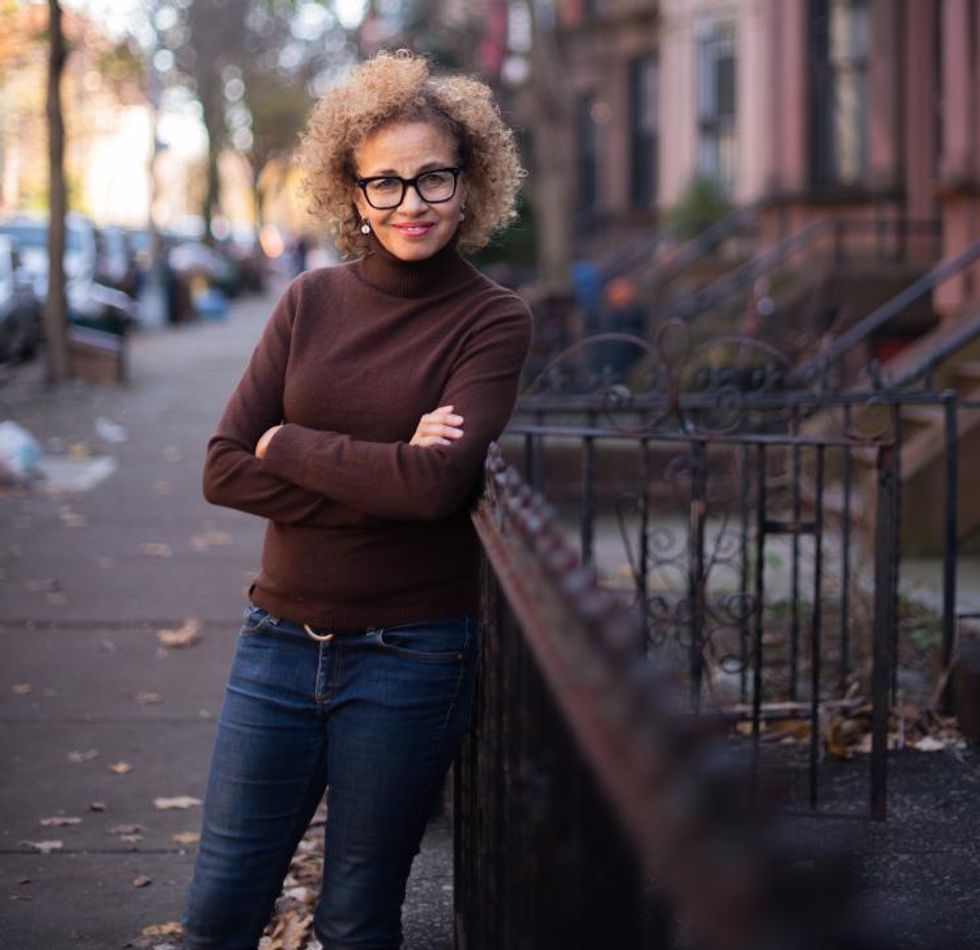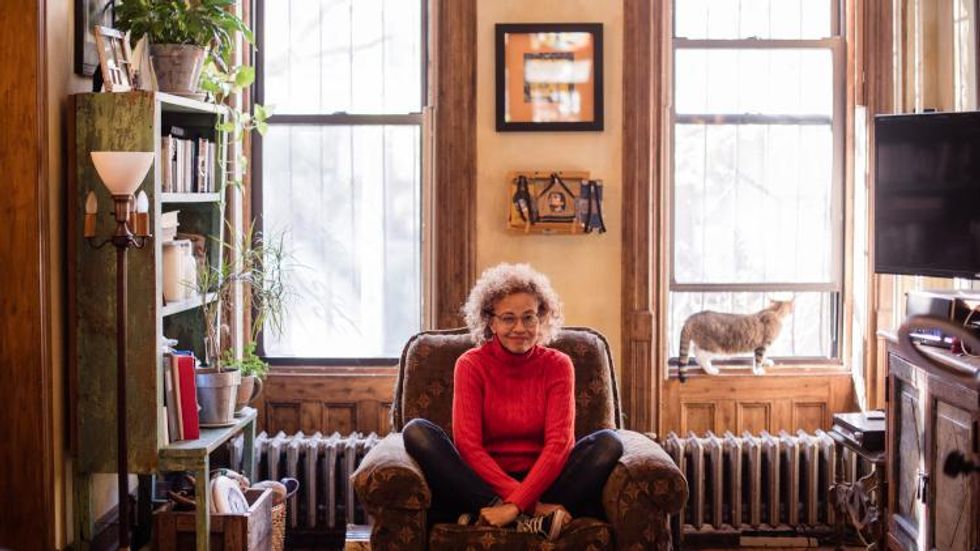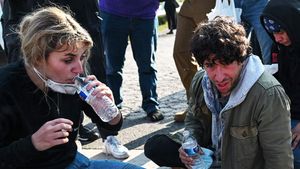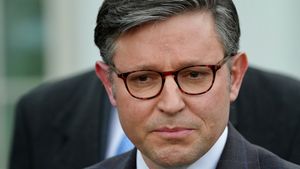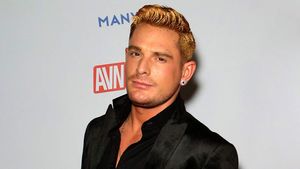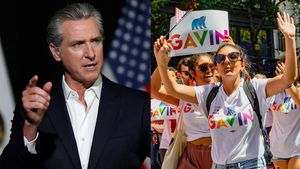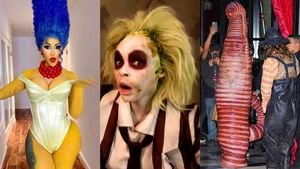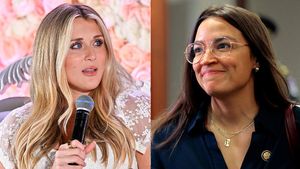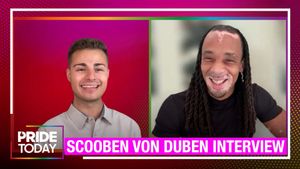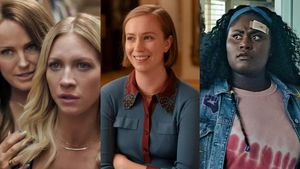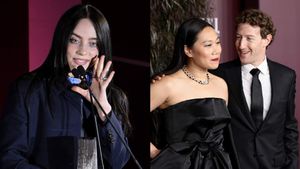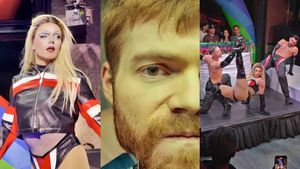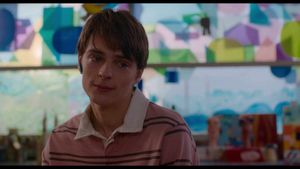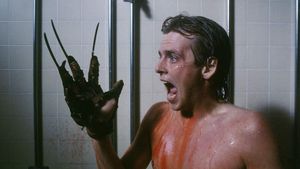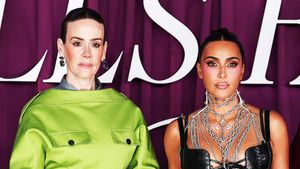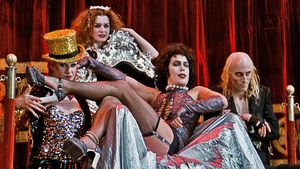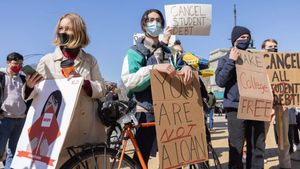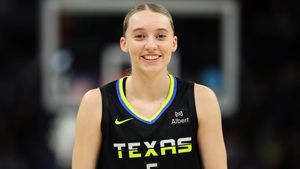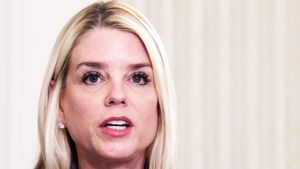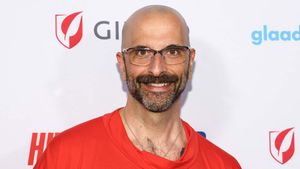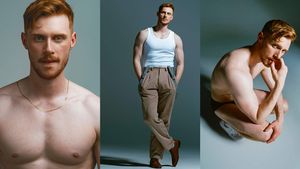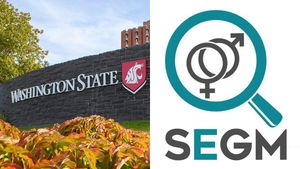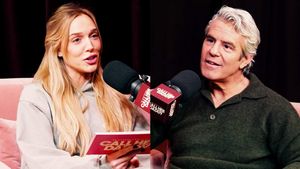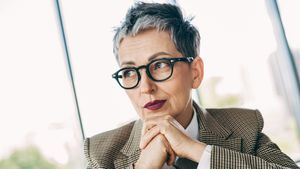Photos by Mia Isabella Aguirre
Veteran journalist Linda Villarosa — the writer, reporter, and editor behind numerous award-winning health and race-related articles for publications like Essence (where she twice served as executive editor) and The New York Times — was not surprised by how destructive COVID-19 has been for Black people.
“Not one iota,” she says.
Villarosa is in regular contact with public health experts at universities like Harvard and the University of California, Berkeley, and the issue of Black people and increased COVID risk was something they discussed in the earliest days of the pandemic. They desperately tried to make their concerns public knowledge.
“We were trying to get articles placed about [the specific risks of COVID-19 to Black people],” the New York-based writer and journalism professor recalls. “Even in medical journals, the answer was no. No one was interested. Now everyone is busy talking about this topic. I think it took COVID bubbling up and revealing the inequality for it to become important for people. For it to become real. For it to become the truth.”

In her journalism career, Villarosa has rung the bell on numerous health disparities involving African-Americans, including HIV transmission rates and deficiency in care and treatment. Her 2017 New York Times Magazine article “America’s Hidden H.I.V. Epidemic” shined a light on low-income Black Southerners struggling to survive HIV amid little to no compassion or assistance from local officials. The article won an Excellence in Journalism Award from NLGJA: The Association of LGBTQ Journalists, and that organization recently inducted Villarosa into its LGBTQ Journalists Hall of Fame. Villarosa has also been nominated for a National Magazine Award for her 2018 New York Times Magazine cover story “Why America’s Black Mothers and Babies Are in a Life-or-Death Crisis,” and she contributed an article on medical experimentation of Black bodies to the 1619 Project, the Times’s Pulitzer Prize-winning 2019 series about the origins of American slavery and its aftermath. Villarosa has also written or cowritten several books, including the forthcoming Under the Skin: Race, Inequality and the Health of a Nation.
Villarosa describes a personal toll for immersing herself in such heavy subjects but says it’s worth it because the stories can effect change.
“After [“America’s Hidden H.I.V. Epidemic”] came out, the funding switched and became much more focused on the South,” she says. “I was very happy about that outcome.”
Villarosa and some of the people she chronicled in the article were later asked to be part of HIV conferences and symposiums. Jermerious Buckley, a gay HIV-positive Mississippi man who figured prominently in “America’s Hidden H.I.V. Epidemic,” was at one of those conferences with Villarosa.
“What do we do? What do you need?” Villarosa says Buckley was asked by health care industry professionals. “He didn’t say money; he said, ‘Love.’ That ‘love’ is talking about stigma. And while there’s still stigma out there that needs to be addressed, I’m glad there’s money too.”
Villarosa is buoyed by the election of Joe Biden as president and believes he will devote substantial resources to address diseases that disproportionately affect Black people, specifically HIV (African-Americans are 13 percent of the U.S. population but represent 42 percent of new HIV diagnoses) and COVID-19 (Black Americans die from the disease at 2.1 times the rate white Americans do).
Regarding HIV, having a president other than Donald Trump is “one answer, but it’s also going to take a rebuilding of our structures, including the Centers for Disease Control and Prevention and the National Institutes of Health,” she says. “Those aren’t the be-all, end-all, but it’s where people get funding and community groups get funding. [The money] can’t all come from pharmaceutical companies and state organizations trying to piece it together. There’s got to be a federal mandate to work on HIV.” (Story continues below photo)

Waking the public up to the structural inequities that make Black people more susceptible to certain diseases is part of Villarosa’s personal mission. African-Americans aren’t getting sick and dying more because of some sort of biological difference or personal neglect — it’s because they have the cards stacked against them, Villarosa points out.
“Black people as well as other people of color are just more likely to be frontline workers or to be unable to take off work or to live in crowded housing situations,” she says of heightened COVID risk factors.
As an assistant professor of journalism and Black studies at the City College of New York, Villarosa sees this firsthand: “I teach at a college that is predominately people of color, and I can see, or they tell me, people are going in and out of their house because they have to work. They’re not working from home, they’re working outside; they’re delivering groceries, they’re security guards, working in restaurants. So they’re coming in and out, and there’s a whole bunch of people living in that house. So they’re just more likely to come into contact with the virus.”
Villarosa also cites the existence of “weathering,” which she describes as the physical toll discrimination takes on a body. Reporting on COVID, Villarosa spoke to a Black man she assumed was in his 60s or 70s; he was only 50, and he later died.
“When you are the subject of discrimination over and over again, your fight-or-flight syndrome kicks in too many times and it prematurely ages the body,” she says. “So that’s why, if you look at COVID statistics, Black people are likely to have worse outcomes at younger ages. Our bodies look like the bodies of much older people.”
Then there’s the role of racism and discrimination in the health care system. Villarosa says that when she brings up that concept, she’s often met with intense blowback, as if she’s accusing all doctors and nurses of racism.
“Doctors and nurses and other health care providers are heroes, but everyone in our society is subject to the poison of structural racism — including the medical system,” Villarosa says. “So people that work within it, they’re making decisions, they’re stressed around COVID, and that’s when the unconscious bias comes to the surface.”
Confronting those biases has gotten somewhat easier, Villarosa says, since the social justice movement went mainstream this summer. The killings of Black people like George Floyd and Breonna Taylor at the hands of police woke many up to the injustice faced by people of color in a way nothing else has, Villarosa says.
“But a bunch of Black people shouldn’t have to die to get this needle moved when this has going on for a while, this state-sanctioned violence and murder,” she adds.
Villarosa’s white friends are much more interested in the concept of police violence against Black people and “much more believing of it in a way they didn’t before,” she says. She can see the wheels turning in people’s minds: “A lot of people have talked about the effect of seeing the George Floyd video; for a lot of us, it’s so traumatic. But for others, it’s eye-opening. You cannot think anything besides This is messed up. Then you ask, ‘Why would this happen?’ Then you start to look into it…. I do think this has moved the needle.”
There’s also a tinge of optimism and a feeling of opportunity when Villarosa discusses the state of journalism, an industry battered by layoffs and shrinking budgets, and constantly labeled by Trump as “fake.”
“This moment has helped me to really push the idea in my classes that you really have to prove everything; journalism is about proving, it’s about evidence, about making sure something is true,” she says. “Now you have to do it much more strenuously because if someone is saying everything that you do is fake, then you really have to prove that you have evidence, that it’s backed by evidence, it’s backed by expertise.”
In between Villarosa’s classes and deadlines — she had just returned from a reporting trip to West Virginia when she spoke to us — the journalist maintains a rigid self-care routine. Villarosa sees a therapist weekly, mostly to discuss the intense stories she writes and edits. She also exercises every day at the same time and never works at night.
“There used to be this idea that you were a journalist and you just had to strip yourself of emotion,” she says. “Now there’s more of a tilt to say, ‘I’m a human too; I need to take care of myself in order to do my best work. I have to be whole or I can’t do this.’ I’m very clear and careful about that.”
A great mantra for journalists — and everyone else too.

